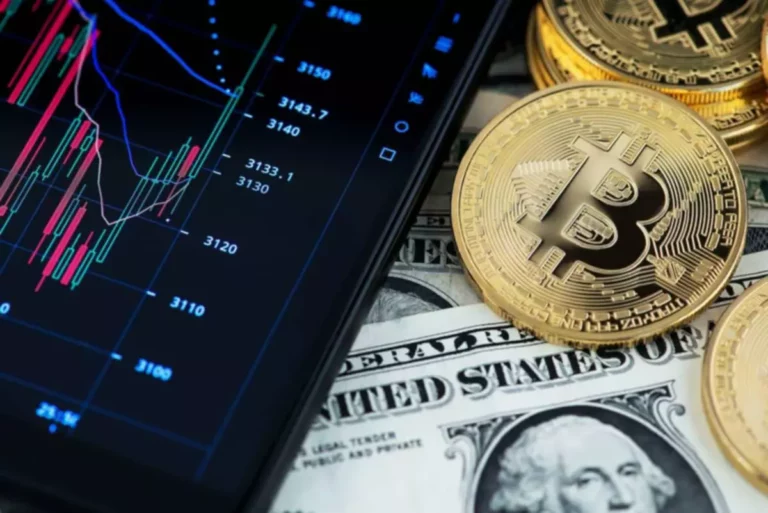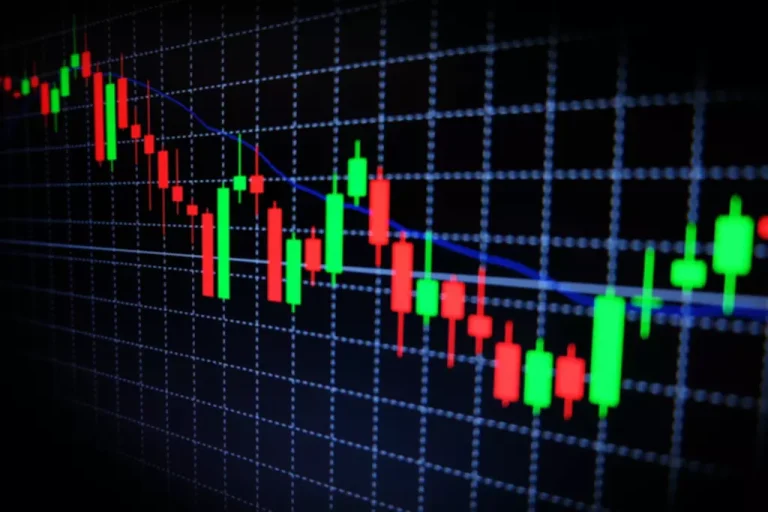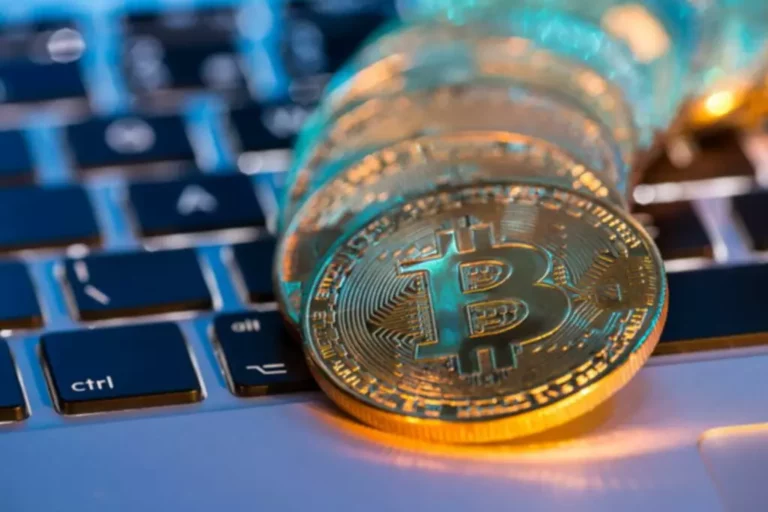What’s An Automatic Market Maker Amm? Amms Defined
Automated market makers (AMM) allow unstoppable, automated, and decentralized trading using algorithms to cost property in liquidity pools. Traditional exchanges require buyers, sellers, and a central reserve of belongings. In distinction, AMM exchanges crowdsource liquidity and use sensible contracts to execute trades. Liquidity refers to how simply one asset can be transformed into one other asset, typically a fiat forex, with out affecting its market worth. Before AMMs got here into play, liquidity was a challenge for decentralized exchanges (DEXs) on Ethereum.
- This results in very excessive capital effectivity, but with the trade-off of requiring active participation and oversight of liquidity provisioning.
- He holds certifications from Duke University in decentralized finance (DeFi) and blockchain technology.
- DEX platforms are usually accessed through crypto wallets, and once the user is finished, they'll disconnect their wallet.
- Others include constant product market maker CPMM), fixed sum market maker (CSMM), and fixed imply market maker (CMMM).
Withdrawing your belongings from a liquidity pool when this adjustment is unfavorable may find yourself in a loss. Of course, the loss solely happens when you remove the belongings from the pool which is why it is known as impermanent. Since trades take place between customers and contracts, counterparties in the conventional sense usually are not required.
To put it another way, impermanent loss is the chance value that LPs take on by offering liquidity instead of just holding their digital belongings. AMMs work by replacing the normal order e-book model with mathematical formulation and logic wrapped in good contracts. Building the missing hyperlink between fiat and DeFi via a fiat-optimized sensible contract blockchain based mostly on Polkadot’s Substrate. Allowing traditional finance fiat services to integrate with DeFi functions similar to specialised forex AMMs, lending protocols, or yield farming alternatives. Joining a liquidity pool is accessible to anybody with a self-custody pockets and compatible tokens. Participants are incentivized to contribute their tokens to those swimming pools by receiving a portion of the trading charges generated, proportional to their contribution.
Amm Transaction Course Of
Synthetic belongings are a means for AMMs to make use of good contracts to virtualize the AMM itself, making it extra composable. Uniswap, Curve, and Balancer are distinguished first-generation automated market makers, but they aren't without their defects. The risk of slippage is fairly low in a CSMM model in comparability with other varieties. This is as a outcome of the trade measurement doesn’t have an result on the change price present in the liquidity pool. This article explains what automated market makers are, how they work, and why they are critical to the DeFi ecosystem. The beauty of DeFi is that when conducting a token swap on a decentralized crypto trade (DEX), customers never want a counterparty.
An automated market maker (AMM) is an autonomous protocol that decentralized crypto exchanges (DEXs) use to facilitate crypto trades on a blockchain. Instead of buying and selling with a counterparty, AMMs allow users to commerce their digital belongings towards liquidity stored in smart contracts, called liquidity swimming pools. Automated market makers (AMMs) are a part of the decentralized finance (DeFi) ecosystem.
The pools use predetermined mathematical algorithms to fix the price for each asset relative to the opposite. However, it operates without the necessity for a counterparty, because the AMM protocol allows the trade on behalf of the traders utilizing smart contracts. To mitigate this incidence, some crypto exchanges make use of the services of skilled traders — within the type of brokers, banks and other institutional investors — to constantly present liquidity. These liquidity providers make sure that there are at all times counterparties to commerce with by offering bid-ask orders that might match the orders of merchants. The process involved in offering liquidity is what we name market making, and people entities that deliver liquidity are market makers.
Liquidity Swimming Pools And Liquidity Providers
They permit digital belongings to be traded in a permissionless and automated way through the use of liquidity pools somewhat than a conventional market of buyers and sellers. AMM users supply liquidity swimming pools with crypto tokens, whose costs are decided by a continuing mathematical formula. Liquidity pools could be optimized for different functions, and are proving to be an important instrument in the DeFi ecosystem. Smart contracts "automate" buying and selling on AMM DEXs, however these packages don't magically create money for users to trade. AMM DEXs have to incentivize people to add liquidity to their protocols for users to trade.

As the DeFi ecosystem matures, we can expect to witness exciting developments on the intersection of AMMs and different groundbreaking applied sciences. AMMs have genuinely carved out their niche within the DeFi house as a result of they are simple and simple to use. Decentralized market making on this method is at the core of the crypto vision.
Amms And The Fixed Product Formulation
What is even more intriguing is that they ensure a more secure pricing surroundings. Now that you perceive what market making is, it's simpler to know the workings of an automatic market maker. Since AMM DEXs have turn into a dominant part of DeFi, it is necessary to know how they work before swapping cryptocurrencies on DEXs that leverage this expertise.

Notably, buying and selling volumes generated by Uniswap V3, Pancakeswap V2, and other platforms are already equal to or exceeding those of a number of outstanding centralized exchanges. Notwithstanding though, passive revenue is all the time engaging to investors, there are risks connected to contributing to liquidity swimming pools, considered one of which is Impermanent loss. This occurs amm in crypto when the identical tokens have totally different values within and outside of a liquidity pool. Since the price-adjusting algorithms of liquidity swimming pools only care about sustaining a stability between the values of the property within a pool, when the worth ratio changes, the pools modify to suit.
These pools are what the AMM trading robotic draws from when serving to execute trades. In order to attract liquidity suppliers, AMMs usually have an incentive construction inbuilt that rewards these suppliers with a share of the trading charges generated on the platform. Liquidity pools are formed from tokens supplied by liquidity providers (LPs), locked in a wise contract to facilitate transactions in a DeFi protocol. The importance of liquidity to decentralized exchanges is that it determines how the price of a crypto asset adjustments. In markets with no or much less liquidity, the open buy and sell orders are comparatively limited. If an AMM doesn’t have a sufficient liquidity pool, it may possibly create a large worth impression when merchants buy and sell property on the DeFi AMM, leading to capital inefficiency and impermanent loss.

If the loss is greater than the gain obtained via amassing buying and selling charges, the liquidity supplier would have been better off just HODLing the tokens. DEXs depend on a special kind of system called automated market makers (AMMs) to facilitate commerce in the absence of counterparties or intermediaries. For example, Uniswap, a decentralized exchange constructed on Ethereum, stands as a main instance of an AMM. It provides over 1,500 ERC-20 buying and selling pairs and boasts greater than $3.forty five billion in user-contributed liquidity.
By incorporating a number of dynamic variables into its algorithm, it could possibly create a more sturdy market maker that adapts to altering market circumstances. AMMs possess distinct benefits over conventional DEXs, propelling the future of digital transformation inside DeFi. Firstly, they get rid of the necessity for order books, streamlining the trading course of and reducing prices. Secondly, anybody can take part in market-making by adding tokens to a liquidity pool, making DeFi more inclusive and expansive.
However, with the upcoming release of open source software that may allow the dYdX Chain, dYdX will additional enhance on this model with increased transparency and open-source code. AMMs are algorithmic protocols that remove intermediaries from the market-making course of. DEXs use AMM algorithms to confirm crypto transfers between merchants with out using orderbooks or centralized market makers. Instead, AMM DEXs use sensible contracts to verify P2P crypto transfers between merchants.
However, instead of working exclusively with centralized buying and selling firms or traders, DEXs let any crypto trader turn out to be a liquidity provider (LP) by contributing digital belongings to the protocol. Traditional exchanges depend upon liquidity either from their reserves or provided by particular person market makers to facilitate trades. In contrast, AMMs use liquidity sourced from customers and consolidated into what is recognized as a liquidity pool. These pools function via liquidity suppliers who "deposit" equal values of two or extra tokens into a smart contract, making these funds available for trading by different users. These AMM exchanges are based on a constant operate, the place the mixed asset reserves of trading pairs should stay unchanged.


